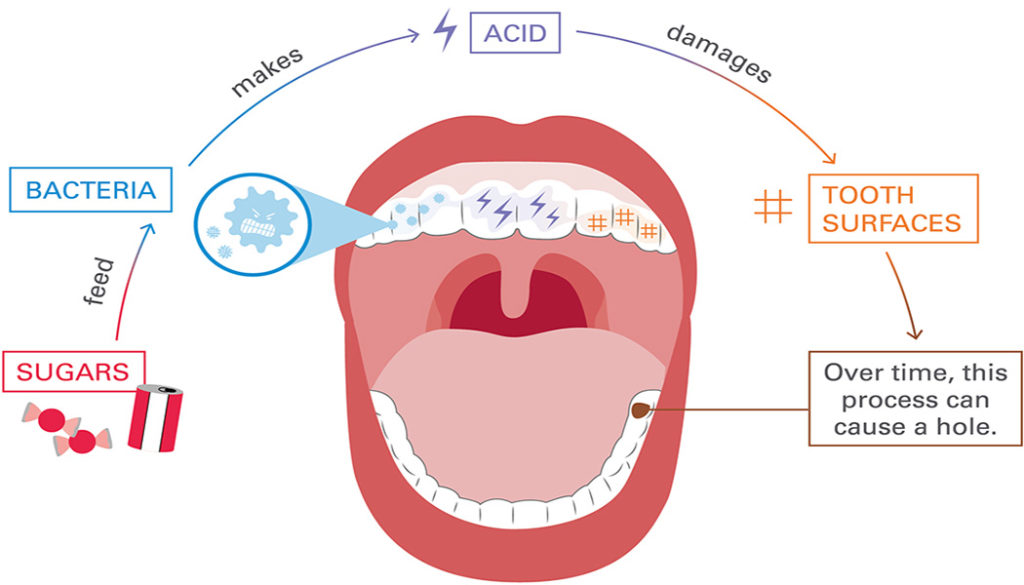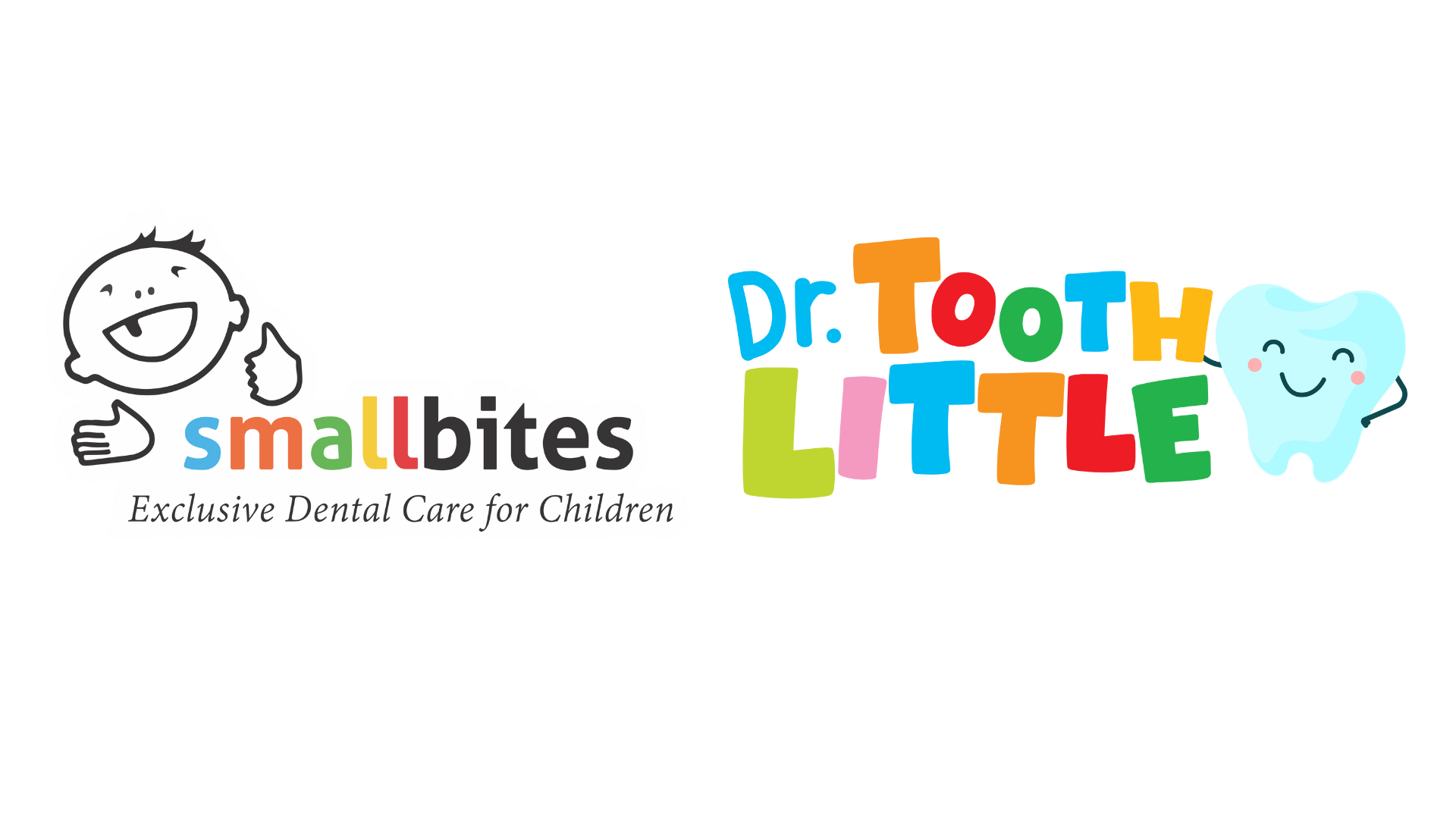Early Childhood Caries – Is Your Child at Risk for Early Childhood Tooth Decay?
The average healthy adult visits the dentist twice a year. The average healthy 2-year-old has never been to the dentist. By kindergarten, 75 percent of children have never seen a dentist, yet dental decay is the single most common chronic childhood disease.
The culprit? A combination of misinformation about when a child should first visit the dentist, when a parent should start caring for a child’s teeth and the frequent and long-term exposure of sugary liquids to a child’s teeth.
A child should first visit the dentist six months after the eruption of the first tooth. During this first exam, the dentist can teach parents the best way to guard against early childhood tooth decay by wiping down the teeth with a damp cloth after every feeding and remind parents to limit sugary beverages.
Frequent and long-term exposure of a child’s teeth to sugary liquids is commonly called baby bottle tooth decay. Most parents are aware of baby bottle tooth decay but may not know that the long-term and regular consumption of sugary liquids in a bottle or cup puts children’s growing teeth at increased risk for decay.
Unsweetened fruit juices and water are best for children to help promote oral and overall health. Fruit juice causes tooth decay if children are allowed to hold a bottle, cup or box of juice in their mouth through the day. If left untreated, baby bottle tooth decay can result in pain and infection. Baby teeth are important because they hold the place for permanent teeth and help guide them into correct position. Severely decayed teeth may need to be extracted, which could effect the development of permanent teeth, speech and chewing.
Caring for children’s teeth beginning in infancy promotes good oral health care habits for a lifetime and increases the chances of a child maintaining healthy permanent teeth.

Pic : www.betterhealth.vic.gov.au
How to Prevent Tooth Decay in Your Baby
Tips for parents to decrease the risk of early childhood tooth decay:
- Wean a child from the bottle or breast by age
- Use spill-proof cups as a transitional step in the development of children, not a long-term solution.
- Don’t allow children to use spill-proof cups throughout the day. Save spill-proof cups for snack and mealtimes when increased salivary activity helps clean teeth.
- Drink sugary beverages through a straw. The best spill-proof cups to protect against decay are those with collapsible rubber straws.
• Introduce oral health care habits early. - Wipe baby’s gums with a damp cloth after every feeding.
- Introduce brushing with a soft-bristle brush and water when the first tooth appears.
- Parents can add a pea-sized dab of fluoridated toothpaste to the toothbrush by age 2

